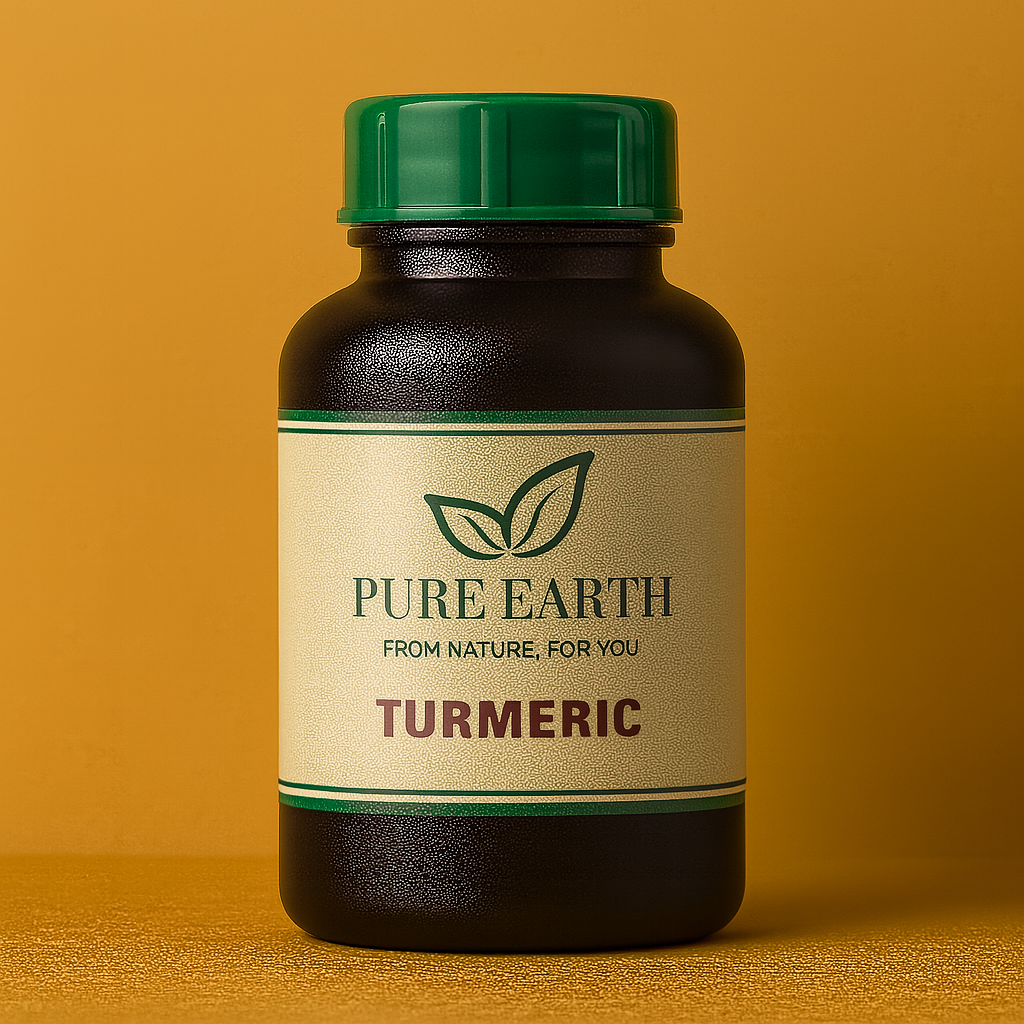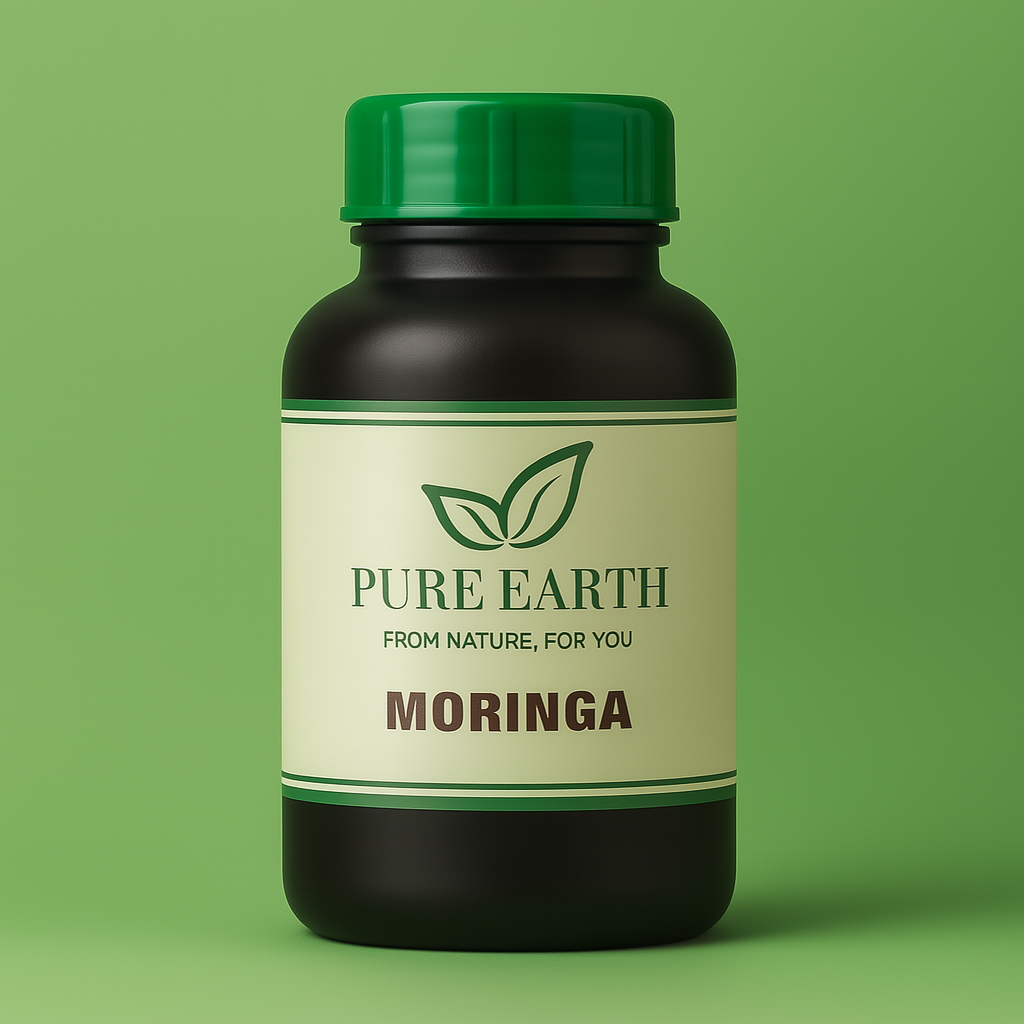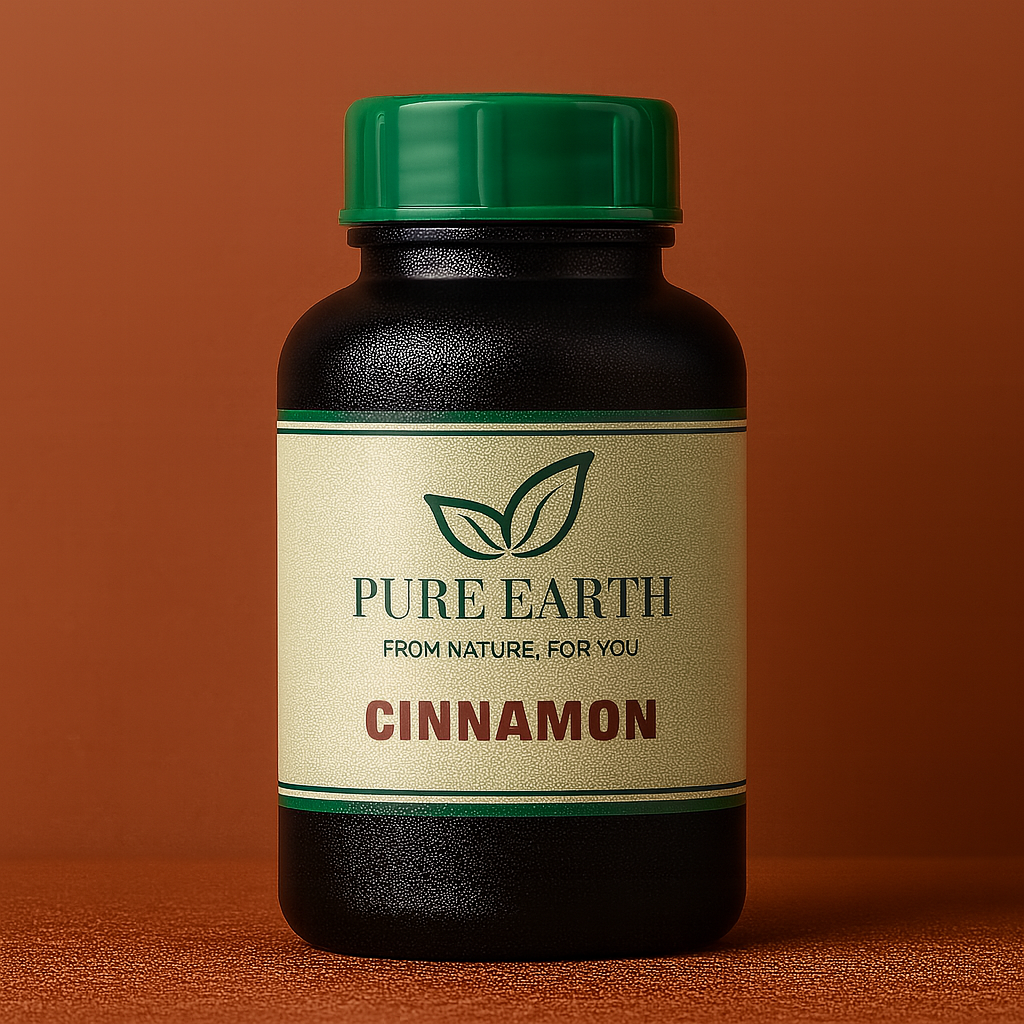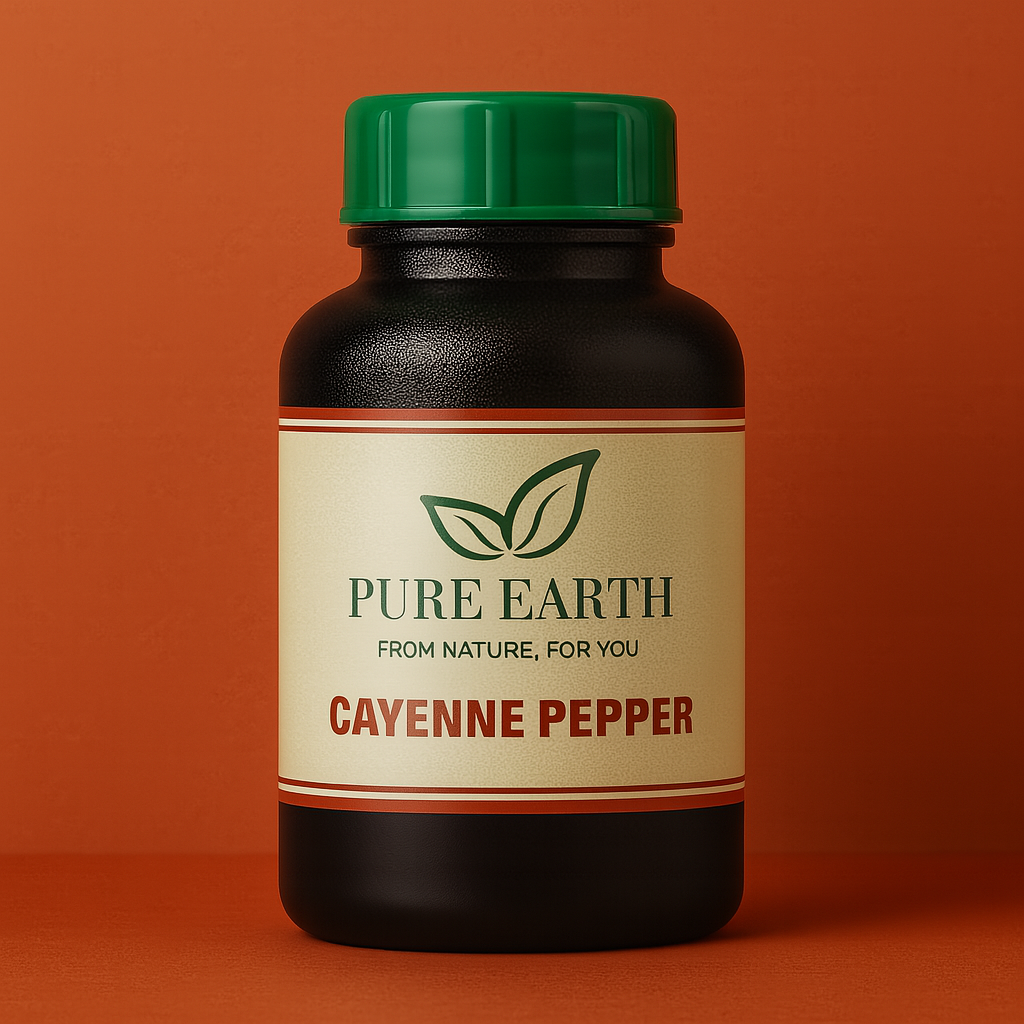A Tree with Many Names and One Purpose
Across Africa, India, and parts of South America, a single tree has offered nourishment, healing, and shade for centuries. Its name varies — Moringa, Nèbèday, Drumstick Tree, Malunggay, or Shigru — but its purpose remains constant: to sustain life.
At pureEarth, we encapsulate Moringa not just as a supplement, but as a symbol of ancestral nourishment. In this Rooted in History journey, we follow its path through cultures, continents, and healing traditions — to honour what this “miracle tree” truly means.
Africa: The Resilience Tree
In many parts of sub-Saharan Africa, Moringa is known as the “Never Die” tree — a fitting name for a plant that continues to grow and give even in harsh, dry conditions. Indigenous to parts of East Africa, including Ethiopia, Kenya, and Malawi, Moringa was traditionally used as both food and medicine. Leaves were dried and ground into powder to nourish children and strengthen mothers during recovery or breastfeeding.
In rural communities, Moringa was (and still is) used:
- As a daily green powder in porridge or stews
- To support immunity during illness or drought
- As a topical poultice for skin irritations or wounds
- As a nutritious tea to strengthen elders
The entire tree is useful — roots, bark, pods, seeds, and leaves — and in many African communities, planting a Moringa tree near the home is seen as a gift to future generations.
It is not exotic. It is not new.
It is ancestral food — familiar, functional, and foundational.
India & Ayurveda: Balancing the Doshas
In Ayurvedic medicine, Moringa (Shigru in Sanskrit) is classified as heating, light, and pungent, known for its ability to balance vata and kapha doshas. For thousands of years, it has been prescribed as:
- A natural purifier of the blood
- A digestive stimulant
- A detoxifying agent for excess ama (toxins)
- A strengthener of bones and joints
- A gentle energizer without overstimulation
Ancient Ayurvedic texts mention Shigru as “tikta rasa” (bitter in taste) — an important flavour profile linked to purification and cellular cleansing.
Even today, in Indian villages, Moringa pods (drumsticks) are cooked in curries, while the leaves are juiced or blended into traditional recipes for strength and balance.
Ayurveda reminds us that bitterness brings balance, and that Moringa’s gift lies not in taste — but in its power to restore inner harmony.
Egypt & the Nile Valley: Oil of the Ancients
While not native to Egypt, Moringa was highly valued by ancient Egyptians for its seed oil, which was used for skincare, lamps, and medicinal balms. Extracted by pressing the seeds, Moringa oil was known for its stability and healing properties.
Egyptian women used it for:
- Moisturizing dry desert skin
- Protecting against harsh sun
- Preserving beauty and elasticity with anti-aging rituals
Moringa oil was sometimes blended with frankincense or myrrh, forming part of sacred cosmetics used in ceremonial contexts. Though not as widely referenced as Black Seed or aloe, Moringa’s functional value in Egyptian herbalism was practical and prized.
The Diaspora & Global Use
In the Philippines, Caribbean, South America, and Southeast Asia, Moringa has traveled under many names: Malunggay, Ben Oil Tree, Marango. In Haiti, it is grown to fight malnutrition. In Jamaica, the leaves are brewed into immune-boosting teas. In Brazil, it’s called moringa-de-bengala, and is valued for its cleansing properties.
In global refugee and aid efforts, Moringa is often distributed as a nutritional supplement for communities experiencing food scarcity. Its high levels of iron, calcium, potassium, and plant protein make it a sustainable ally in both survival and self-reliance.
Today, Moringa is recognized by international organizations like the WHO and FAO for its role in combating nutritional deficiencies in vulnerable populations.
Nutritional Wisdom: What Modern Science Confirms
Traditional knowledge long knew what modern research now confirms — that Moringa is incredibly nutrient-dense:
- 7× more vitamin C than oranges
- 4× more calcium than milk
- Rich in iron, magnesium, potassium, and chlorophyll
- High in antioxidants and essential amino acids
But unlike synthetic multivitamins, Moringa works in harmony with the body — no artificial boosts, no sharp peaks. Just steady, natural nourishment.
pureEarth’s Moringa: Wellness from the Wild
At pureEarth, we use raw, dried Moringa leaf powder in capsule form — preserving the full spectrum of nutrients without heat or chemical processing. Our Moringa Capsules are:
- Grown naturally, without synthetic inputs
- Ground and encapsulated without fillers
- Easy to absorb and gentle on the gut
They offer support for:
- Natural energy
- Nutritional balance
- Immune maintenance
- Gentle detox and digestion
More than a supplement, our Moringa is a reminder — of the plants our ancestors trusted, the soil that still feeds us, and the quiet strength that comes from within.
Closing Reflection: Moringa as Memory
To honour Moringa is to remember the women who stirred it into porridge in the early morning light. The herbalists who dried it under the sun. The grandmothers who whispered, “This leaf will give you strength.”
Moringa is more than a product. It is a living heritage.
“Let food be your medicine,” they said.
And in that leaf — they left us nourishment, not just for the body, but for the soul.




















